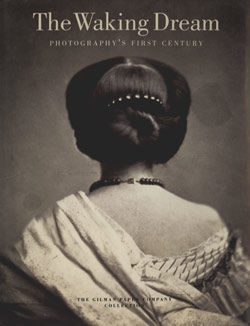Winter Landscape
George Seeley American
Not on view
A native of Stockbridge, Massachusetts, George Seeley studied painting at the Massachusetts Normal Art School in Boston for three and a half years beginning in l897. During his time there he met F. Holland Day, an eccentric aesthete and early advocate of photography as a fine art (see no. 191). Seeley returned home as a dedicated artist-photographer in l902. When his work was exhibited in the First American Photographic Salon in New York in December l904, Alfred Stieglitz immediately recognized the young man's talent and invited him to join the Photo-Secession. From l906 to 1910, Seeley was an active if somewhat isolated Fellow, the admired newcomer of the group, who lived with his family in the Berkshires and sent soft-focused photographs of willowy maidens in white to Stieglitz for exhibition and for reproduction in "Camera Work." On the occasion of his second exhibition at 291 in l908, Seeley visited New York and saw for the first time original prints by his colleagues.
"Winter Landscape," a large varnished gum print dated l909, would seem to be Seeley's response to the work of Edward Steichen, which had especially impressed him. Boldly simplified in tone, its whip-line contours in perfect accord with the sinuosity of the forms of Art Nouveau, Seeley's impressively grand and gloomy scene, for all the world an enlarged detail from a painting by Edvard Munch, demonstrates his valid claim on a frozen corner of the terrain of art for art's sake.
Due to rights restrictions, this image cannot be enlarged, viewed at full screen, or downloaded.














